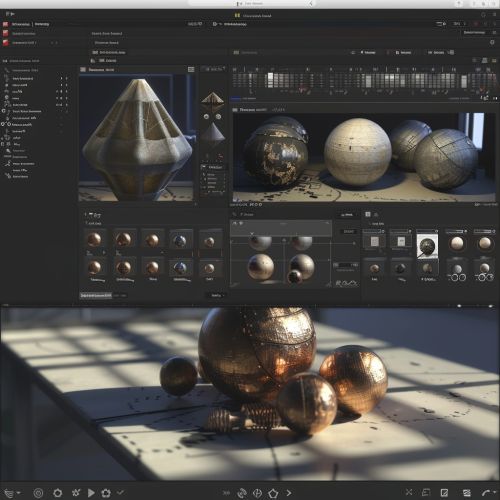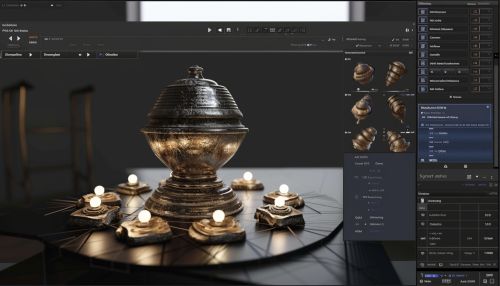Arnold (software)
Overview
Arnold is a high-quality rendering software produced by Autodesk. It is used in the production of visual effects and computer animation for films, television, and other forms of digital media. Arnold is known for its ability to efficiently process complex geometric data and produce photorealistic, high-resolution images.


History
Arnold was initially developed in 1997 by Marcos Fajardo at the Spanish animation studio Solid Angle. The software was named after Arnold Schwarzenegger, in reference to the character he played in the film Terminator 2, which was one of the first films to use ray tracing for realistic lighting and visual effects.
In 2016, Autodesk acquired Solid Angle and the rights to Arnold. Since then, Autodesk has continued to develop and distribute the software as part of its suite of tools for 3D animation and visual effects.
Features
Arnold is a ray tracing renderer, which means it simulates the physical behavior of light to achieve ultra-realistic rendering. It is capable of handling complex 3D models, high levels of detail, and large datasets, making it a preferred choice for high-end visual effects production.
Key features of Arnold include:
- Global Illumination: Arnold uses advanced algorithms to simulate indirect lighting, or the light that has reflected off other objects in the scene. This results in more realistic and natural-looking renders.
- Subsurface Scattering: This feature simulates the effect of light entering an object and scattering within its material. This is particularly useful for creating realistic skin, wax, and other translucent materials.
- Motion Blur: Arnold can accurately simulate the blur effect that occurs when an object is moving fast in a scene, adding to the realism of the animation.
- Depth of Field: This feature allows artists to simulate the optical effect where objects at different distances from the camera have different levels of sharpness.
- Volumetric Rendering: Arnold can render effects such as smoke, fog, and clouds, which are typically challenging to achieve in 3D rendering.
Workflow
Arnold is integrated into many popular 3D animation software packages, including Maya, 3ds Max, Cinema 4D, and Houdini. This allows artists to work with Arnold's powerful rendering features directly within their preferred 3D software environment.
The typical workflow when using Arnold involves setting up the 3D scene in the host application, assigning materials and lights, and then rendering the scene with Arnold. The software provides a range of tools and settings to control the rendering process, including options for image sampling, ray depth, and light transport.
Reception and Impact
Arnold has been widely adopted in the film and television industry due to its ability to produce high-quality renders efficiently. It has been used in the production of many high-profile films, including Gravity, Guardians of the Galaxy, and Blade Runner 2049.
In 2017, the developers of Arnold were awarded a Scientific and Technical Academy Award for the impact the software has had on the industry.
